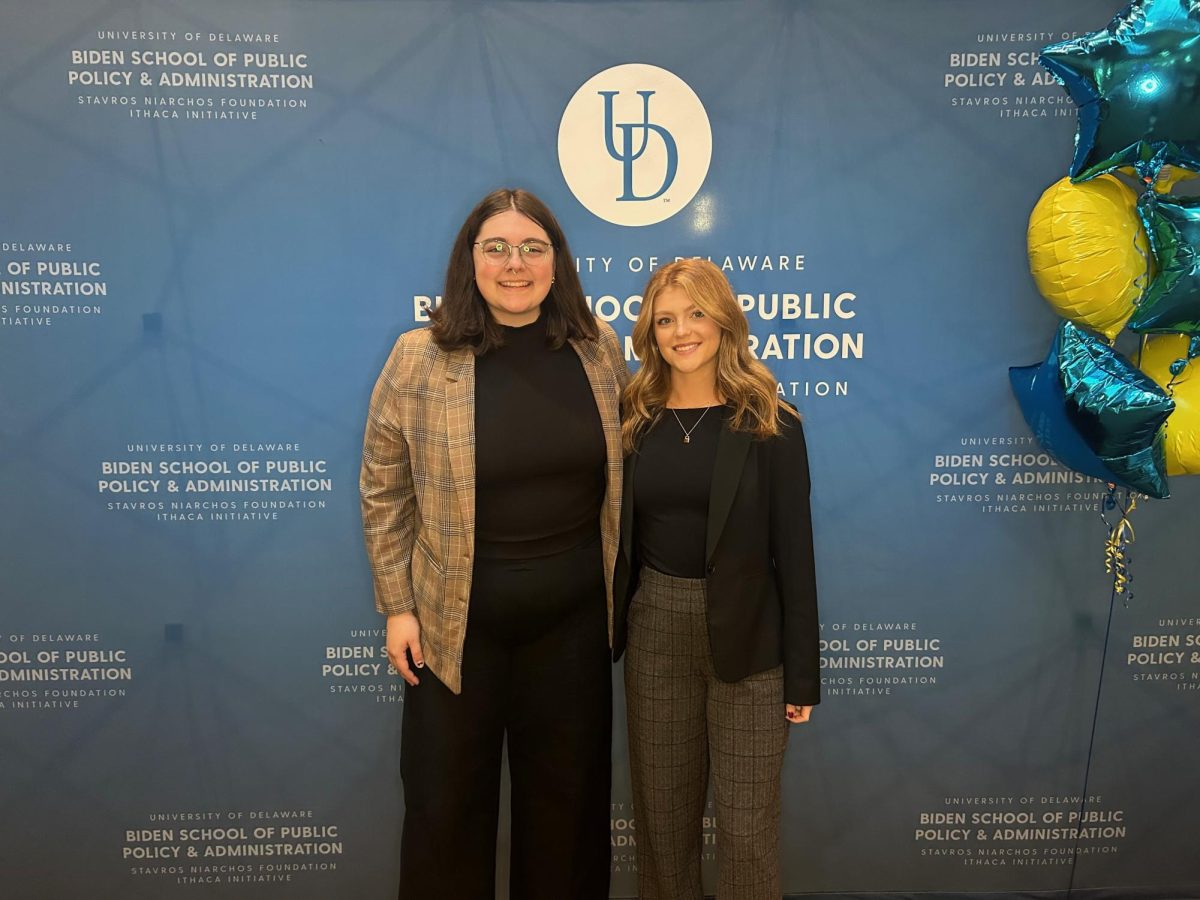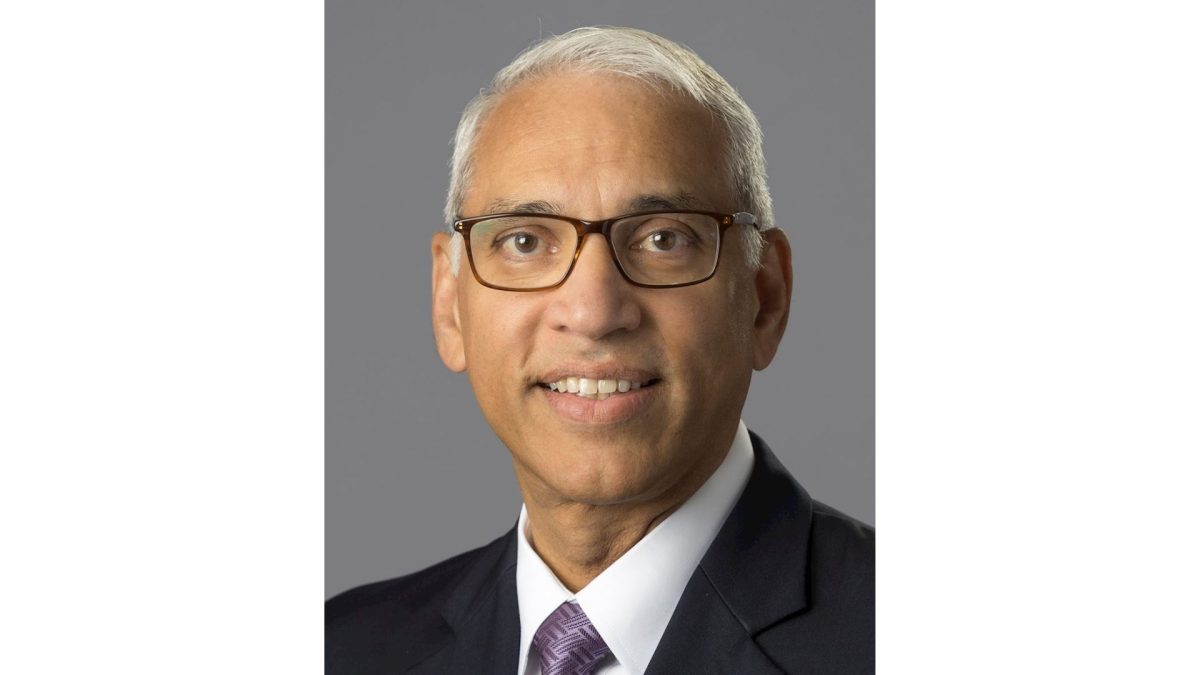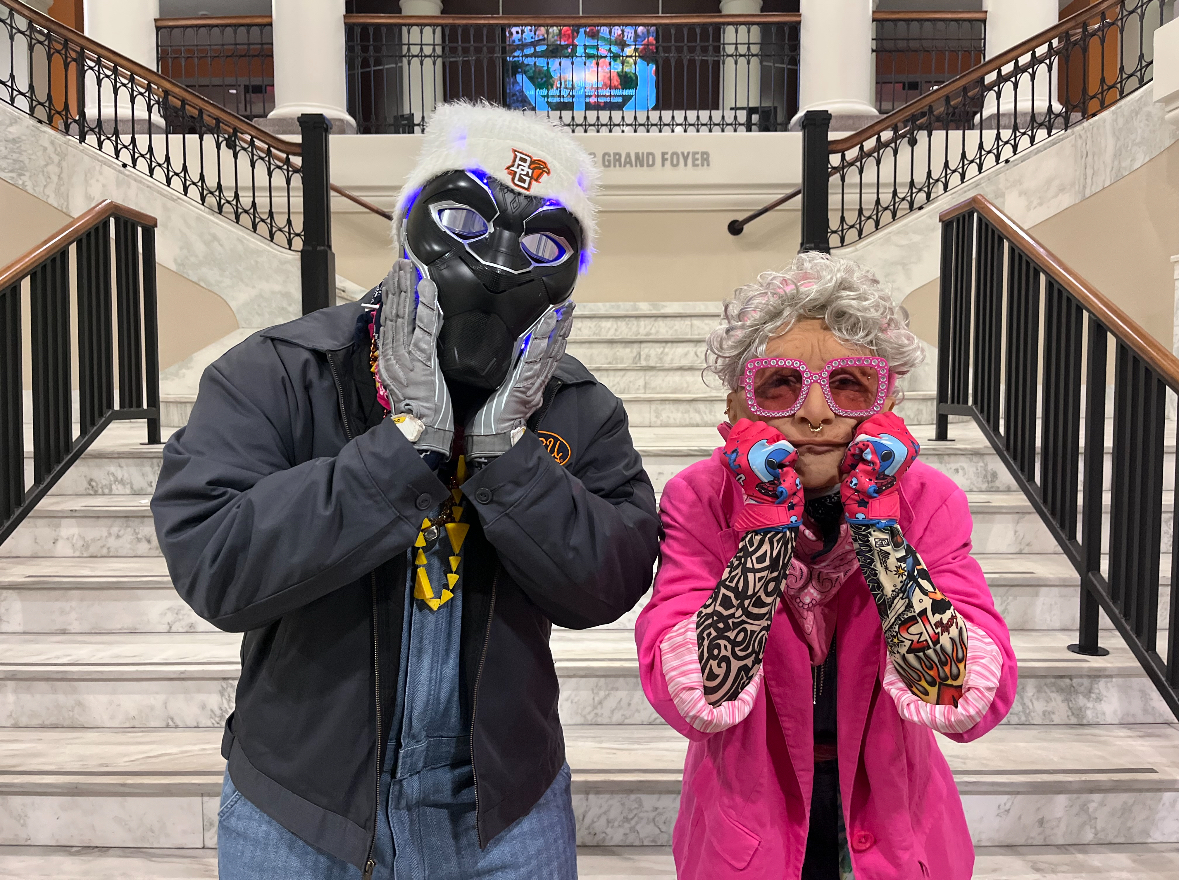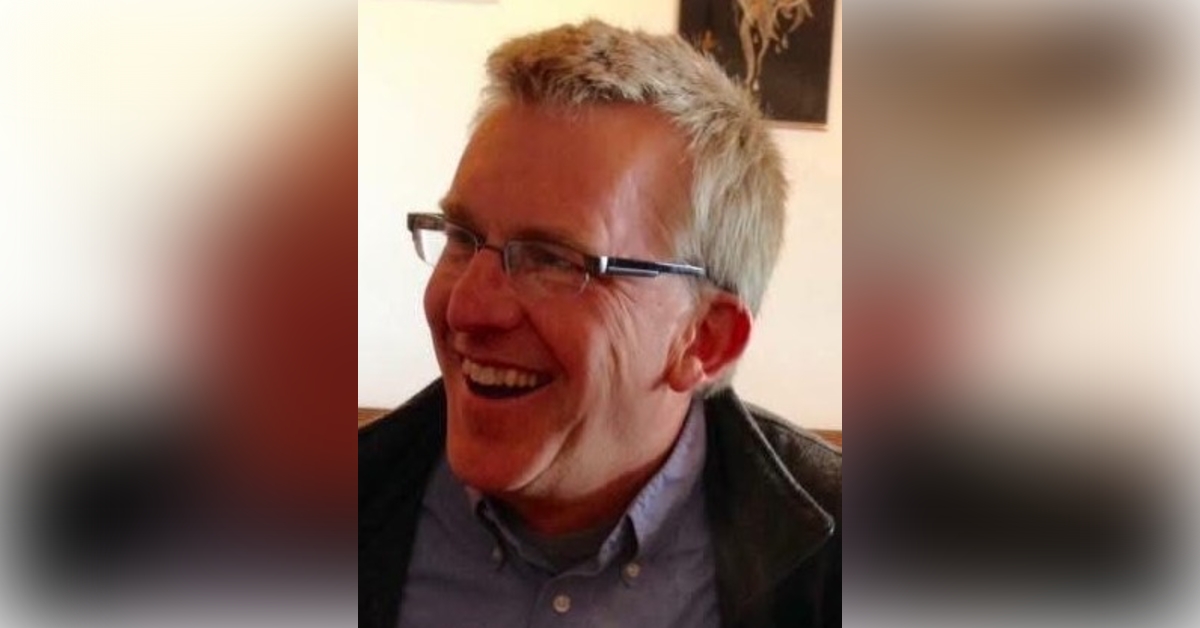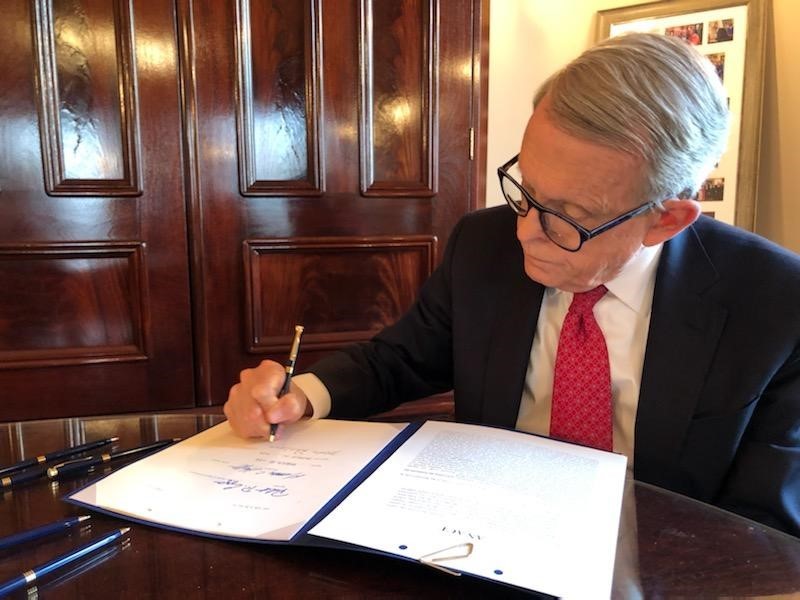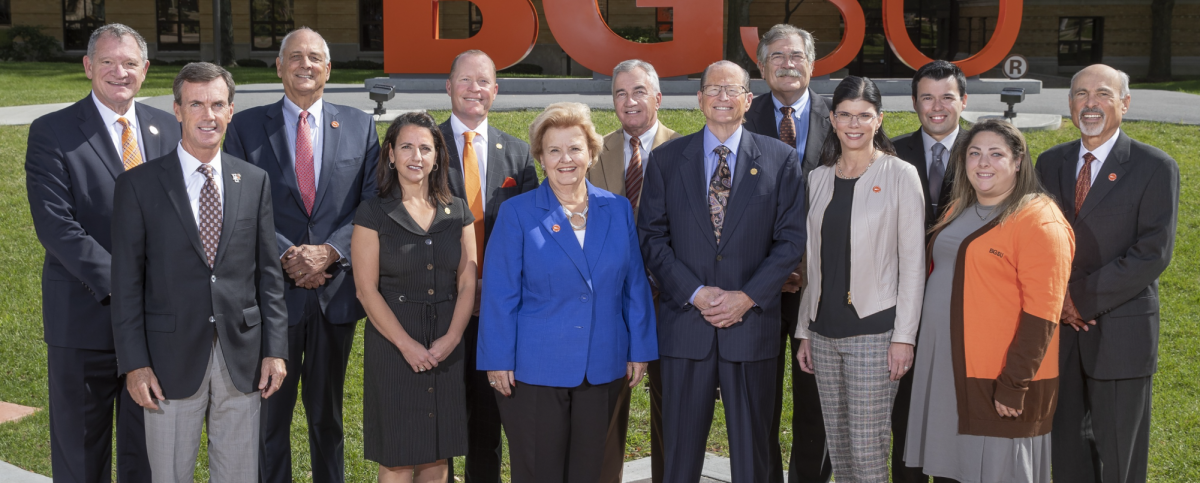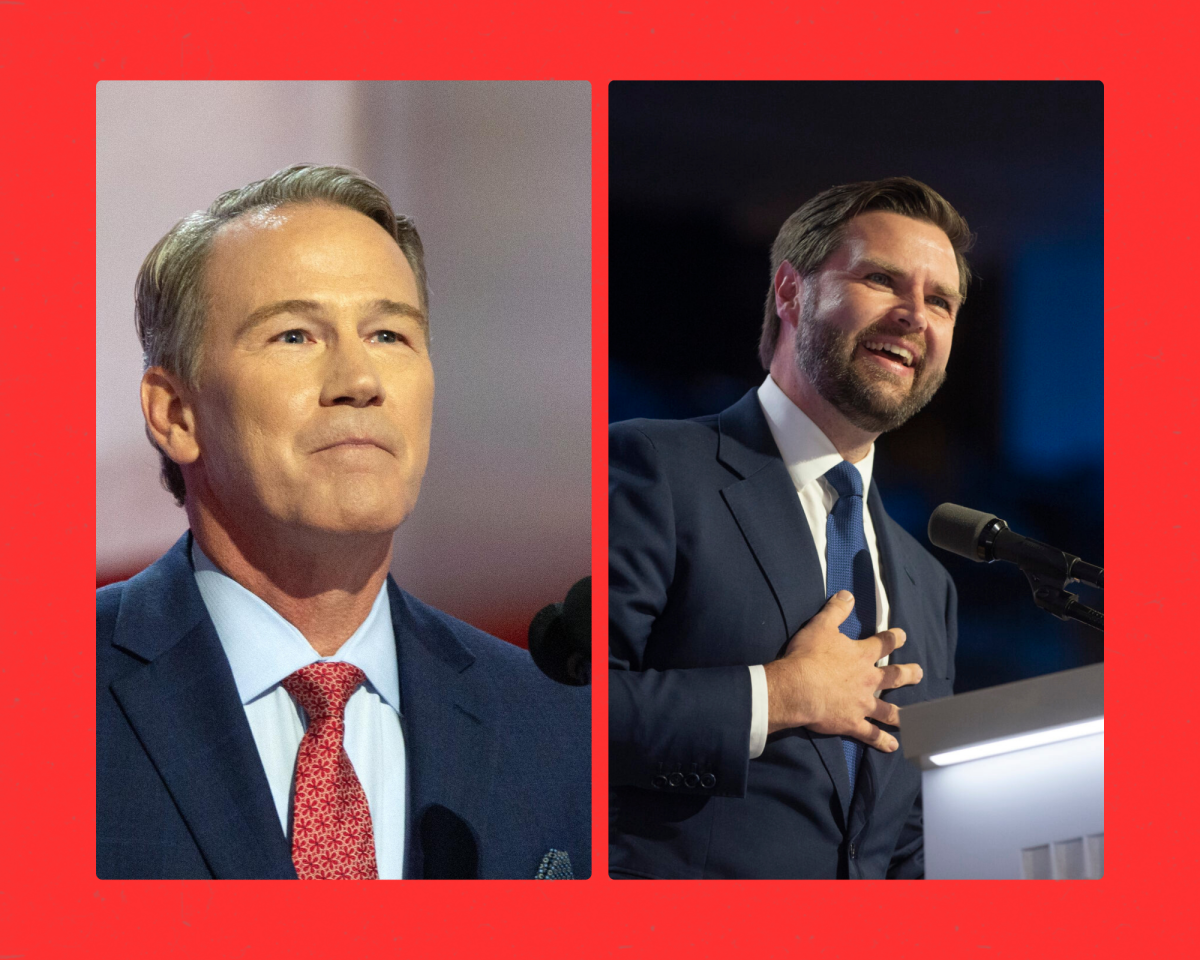‘The first duty of the human race is to control the earth it lives upon.’
Those are the words of Gifford Pinchot, the first chief of the United States Forest Service, in 1910. Almost a century later, this is still a common belief held by many universities around the country, including BGSU.
In a recent poll by the Sierra Club, nearly 60 percent of students applying to colleges look for green schools. The Sierra Club, a grassroots environmental organization, does an annual study of universities nationwide in an attempt to find the ‘greenest schools.’ Their list takes into account eight different categories, such as energy, food and transportation, and then gives each university (of the 135 schools studied) a final score and grade. BGSU was not one of the Universities studied.
Even though they are not part of the list, Nick Hennessy, director of sustainability at the University, said the University is doing well at going green.
‘BG is making a serious effort,’ he said. ‘That’s what my job’s about. Every state school in Ohio now has somebody who’s full time job is like mine, or they at least dedicate a decent amount of time to it.’
A new program about to start at the University to help go green is Friday Night Lights.
Friday Night Lights, or what might be called Friday Night Lights Out, will be part of a program where volunteers go into the classrooms on Friday nights to make sure the lights have been turned out after everyone has left, Hennessy said.
This will hopefully cut back on the amount of electricity used because otherwise the lights are left on all weekend, he said.
Gary Silverman, director of environment and sustainability at the University, said he hopes the University can work to become more green.
‘Right now we’re about in the middle,’ he said. ‘We’re not at the bottom, but we’re also not in the lead. It’d be good to get there.’
Silverman said he hopes for the University to get on top like they were in 1992 after they first implemented the recycling program.
‘We were the first to do it,’ he said, ‘and the first to do it so well.’
A reason for the University to try to jump in the lead is House Bill 251. The bill states that universities must reduce their energy intensity by 20 percent by 2014, compared to 2004.
‘We’re going to easily meet that goal,’ Hennessy said.
One way the University could get in the lead would be to sign the American College and University President Climate Commitment, Silverman said.
The commitment would be to become climate neutral within two years, integrate sustainability into the curriculum, complete the emissions inventory and make an action plan, and help make inventory and progress reports publicly available. Through this, each university overall reduces emissions and helps make sure graduates are knowledgeable about sustainability.
‘It’s an issue that involves everyone,’ Silverman said. ‘It’s not just the little things.’
This initiative started in 2007 and now has 653 signatories from different universities nationwide. The only way for the University to join the program would be for President Cartwright to sign the University up for the challenge.
‘It’s a very ambitious goal,’ Silverman said.
In signing the commitment, it would then be up to the University as to whether to keep to the agreement. But if the University were to fail, it would not be the first time.
In 1992, President Olscamp signed the Talloires declaration, a declaration which is a ten-point action plan for incorporating sustainability and environmental literacy, and has been signed by more than 350 university presidents and chancellors in over 40 countries. However, the University hasn’t kept up with its promise, Silverman said.
‘We’ve signed the agreement but we haven’t done much to uphold it,’ he said.
A resource willing to work with the University is Kevin Maynard, the utilities director in the city of Bowling Green.
‘We’d be more than happy to help the University achieve that goal,’ he said. ‘We help any client as much as we can.’
‘


